By Maridith Yahl
NKyTribune reporter
Dr. Mohamad C. Sinno, St. Elizabeth Heart & Vascular Institute, is bringing the highest level of heart health to Northern Kentucky and making history while doing so. He and his team implanted the first Bluetooth-connected heart device in a patient in the U.S.
The Abbott Gallant is a Bluetooth-enabled biventricular implantable cardiac defibrillator (ICD) that keeps the heart in rhythm by delivering a shock, like a pacemaker, but also connects to an app on a smartphone that delivers alerts to the user and physician’s office.

A native of Lebanon, Dr. Sinno has been providing his expert cardiology care in the U.S. since 2004. After a cardiology fellowship at Henry Ford Hospital in Detroit, MI, and joining the cardiac electrophysiology program at the world-renowned University of Michigan, he joined St. Elizabeth Healthcare.
Dr. Sinno, a cardiac electrophysiologist, is part of a successful team that has become well-known regionally and nationally for their complex cardiac cases that achieve great results and have few complications. Providing a variety of services, their busy team performs all cardiac electrophysiology procedures.
“We were able to partner with Abbott, the company that developed this Bluetooth enabled high voltage device,” says Dr. Sinno. With their reputation and success rate, St. Elizabeth was one of the hospitals selected to be part of the six-week assessment phase.
Performing such a groundbreaking surgery, Dr. Sinno’s thoughts were immediately focused on the health of his patients and benefits for the community.
“Bringing in new technologies that are proven to be effective usually translates to better patient outcomes,” he says. During the assessment phase, Dr. Sinno implanted 12 devices in patients who had congestive heart failure.

After the first surgery, the patient reported significant improvement.
“As for the [Bluetooth] technology, she had positive things to say and was reassured to see that her device is functioning properly without any alerts,” he says.
She has told Dr. Sinno that it puts her at ease being able to get basic data, checks for alerts, and check on the batteries every morning.
This new Bluetooth device is implanted similarly to older technologies, Dr. Sinno says. Wires or leads are connected to the appropriate heart chamber.
“Timed electrical impulses are then delivered from the device to the patient’s heart through the leads,” says Dr. Sinno. Bluetooth technology then delivers data.
Having the connectivity to high voltage devices is invaluable to St. Elizabeth.
“Thanks to the improved connectivity, that has been proven to improve clinical outcomes such as decreased mortality, and reduction of hospitalization rates,” says Dr. Sinno.
Features in the new Bluetooth technology reduce unwarranted shocks and naturally adjusts timing delays and readjustments.
The device has since gained approval and is on the market. Dr. Sinno says manufacturers are moving toward this new technology to improve the lives of the patient. He says with this new technology widely available, that he expects all implantable cardiac devices will eventually have it.

“To be the first in the nation to implant Abbott’s first BT enabled Biventricular ICD (CRT-D) was a big achievement for the cardiac electrophysiology team at St. Elizabeth Healthcare,” Dr. Sinno says. The partnership, having access to the new technology, and as part of an assessment was a prestigious accomplishment. When the cardiac electrophysiology team heard they were selected to be one of the assessment sites, they made changes in schedules to be the first in the nation to implant Abbott’s Gallant device.
Dr. Sinno thanks the administration at St. Elizabeth for their support and also thanks the hard work and dedication of the team of nurses and techs in the cardiac electrophysiology lab.
“Last but not least, I thank my wife Rana for the infinite support that she provides me and our two.
St. Elizabeth Healthcare and Dr. Sinno are providing cutting-edge technology to serve Northern Kentuckians.




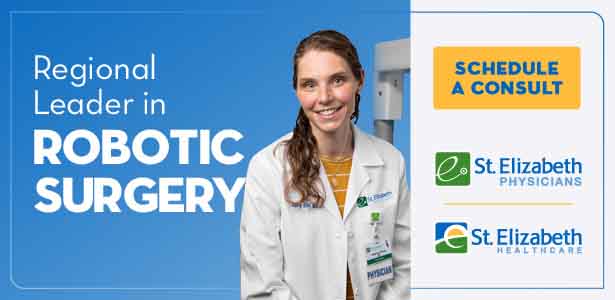


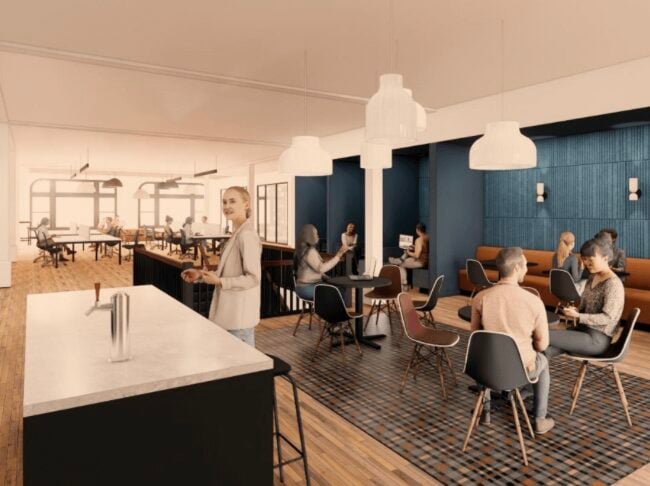
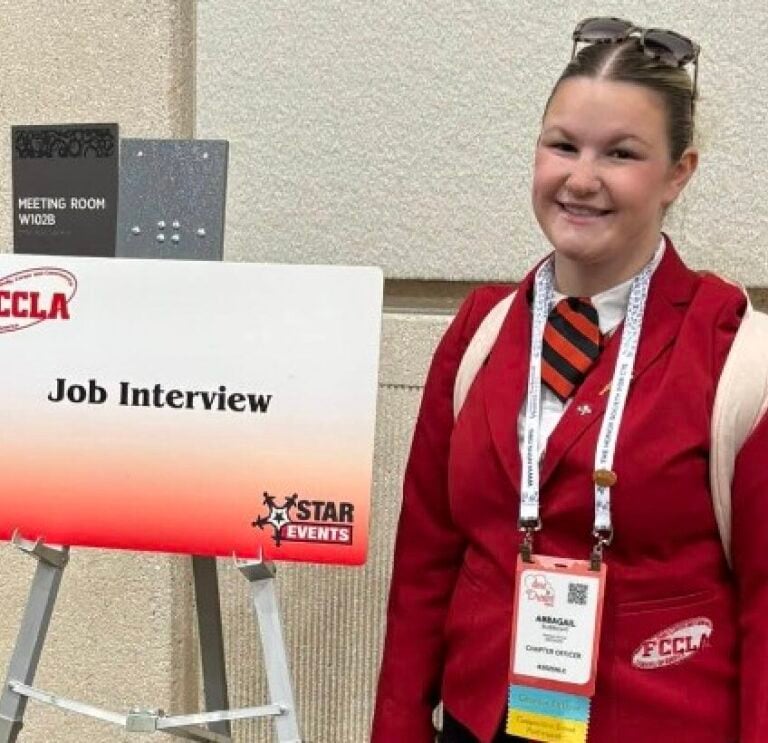
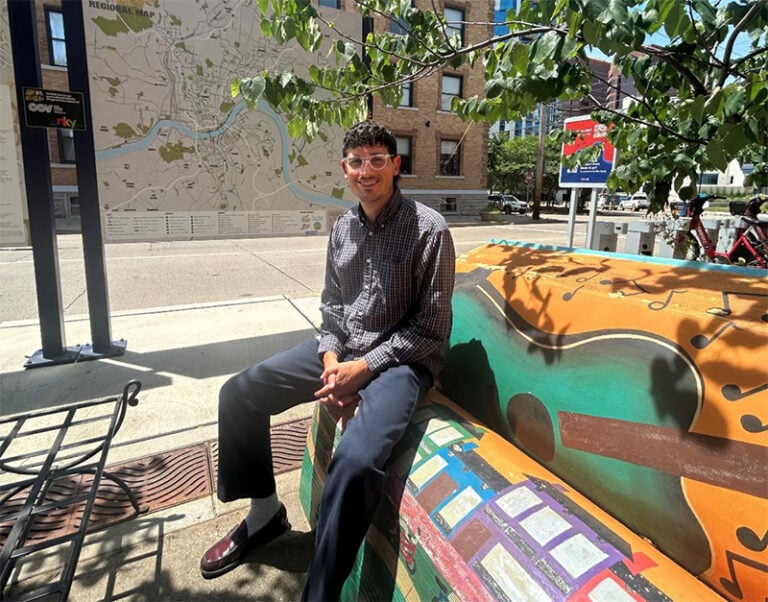
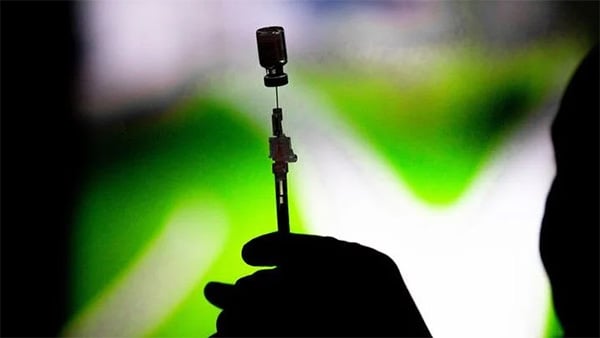
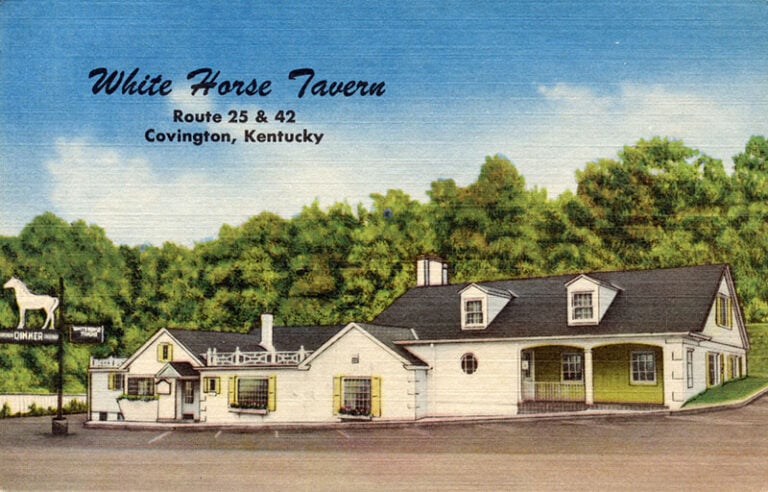


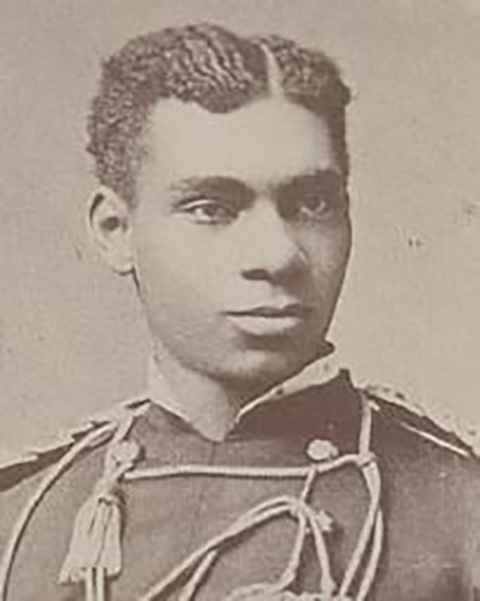

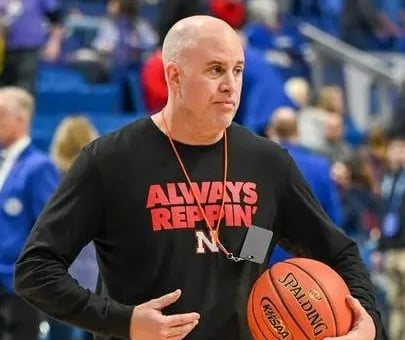
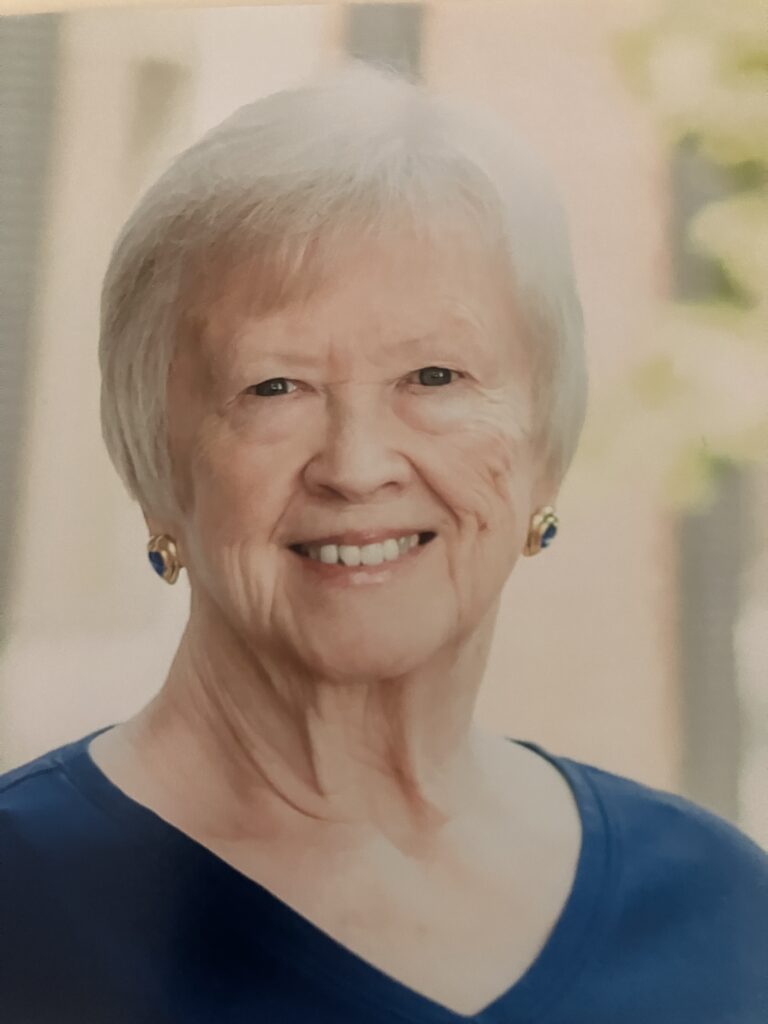
This is a good technology break through.
But is it affordable to the consumer market?